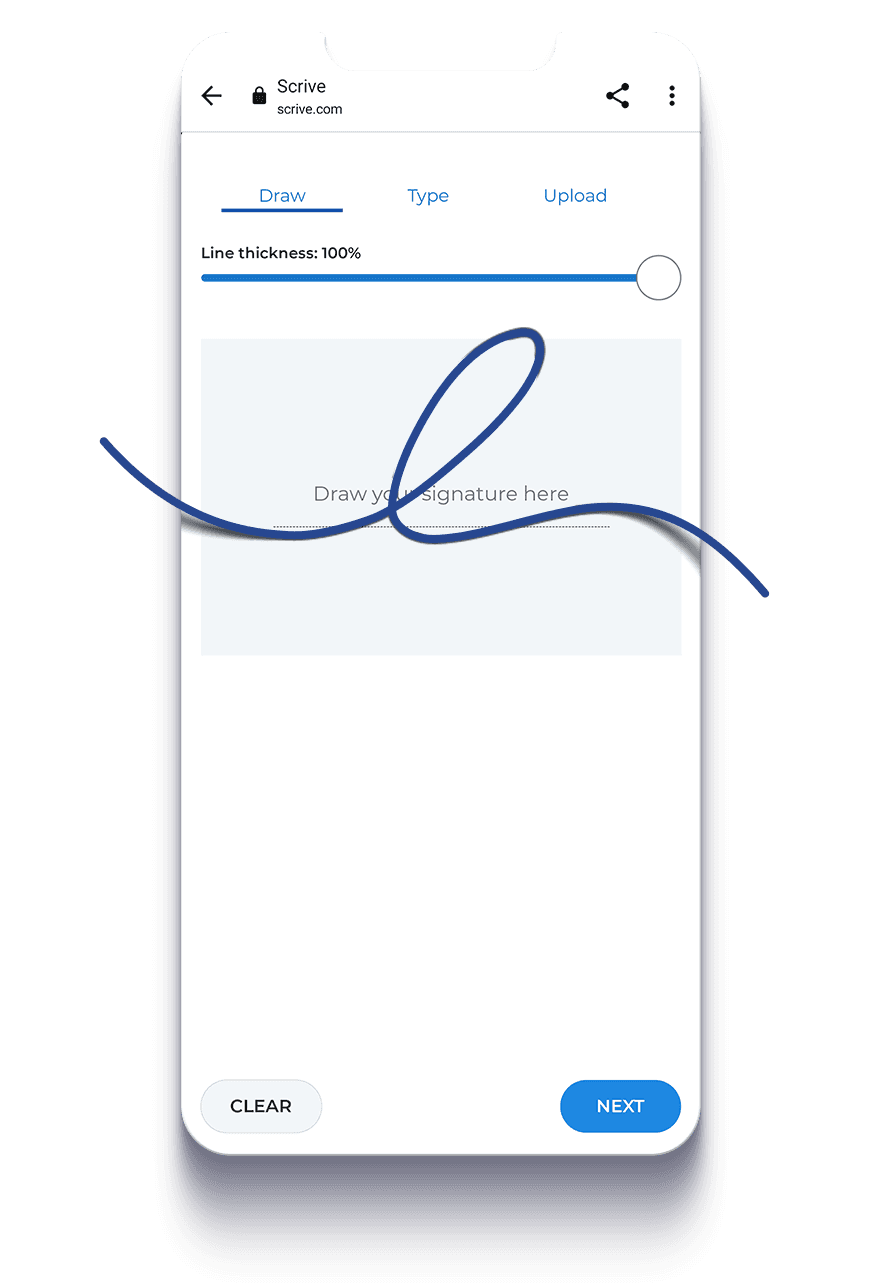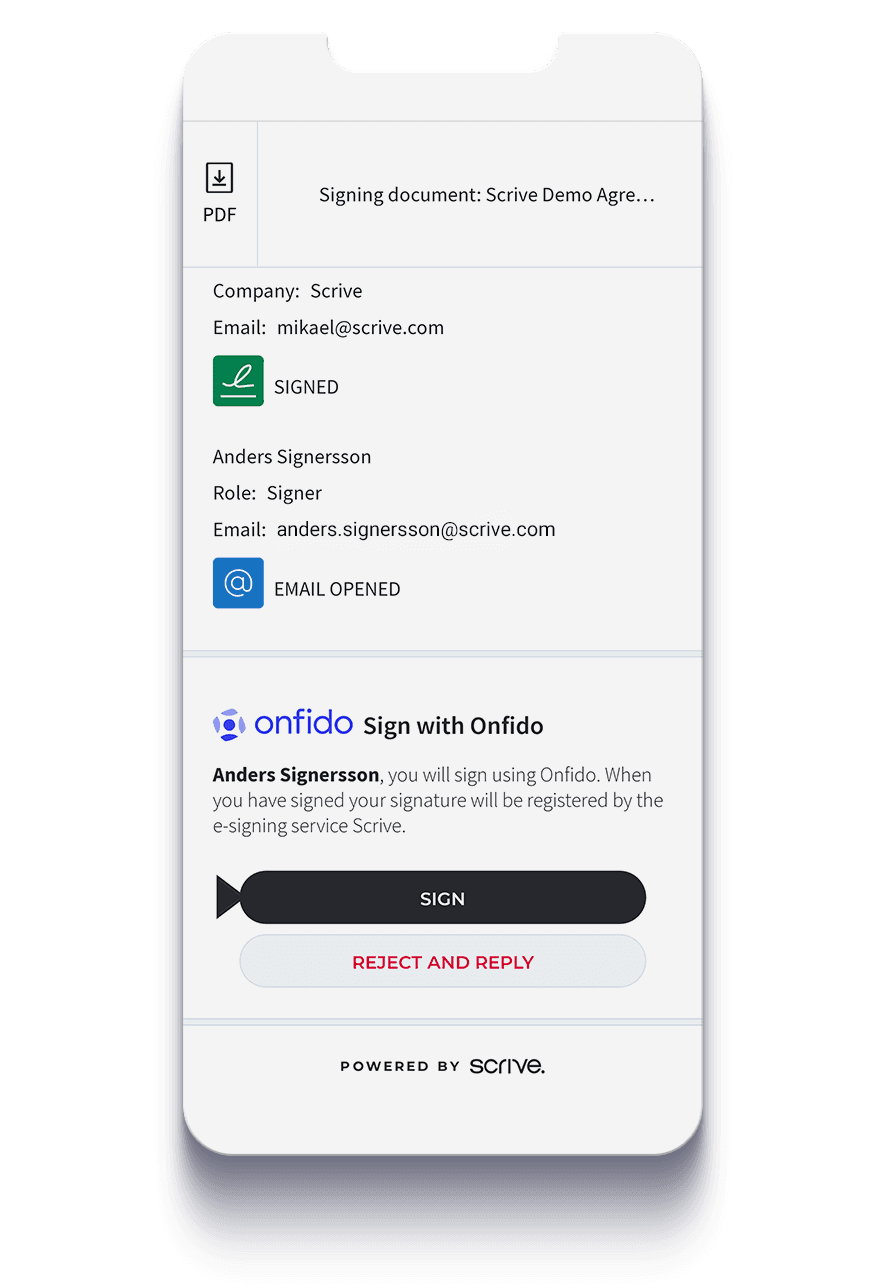What makes an electronic signature legally binding?
To conform with global contract law, a signature, whether electronic or on paper, must fulfil three key requirements. If someone challenges the validity of a signed document, you must be able to show evidence of: the signing party’s intent to enter into a binding agreement, the signing party’s identity and the document’s integrity, i.e., that it has not been altered.
This third requirement, document integrity, is why you need a digital signature.
Document integrity
For both paper and digital documents, integrity protection is a key requirement. You can retain a paper original, but anyone could easily manipulate an electronic document and claim it’s the original. This makes the integrity aspect even more important when you use electronic signatures.
Document integrity means that in the event of a dispute, you can prove that:
- no one has altered the original document
- the document you’re presenting isn’t a forgery
To ensure integrity, as soon as a document is electronically signed, Scrive applies a digital signature, meaning “sealing”, not a signature in the legal sense. Historically Scrive sealed documents using Guardtime’s Keyless Signature Infrastructure (KSI) but our current standard for all new customers is PAdES (PDF Advanced Electronic Signatures), built on Public Key Infrastructure (PKI).
For a deeper dive into how Scrive secures document integrity, visit the Trust Center.


